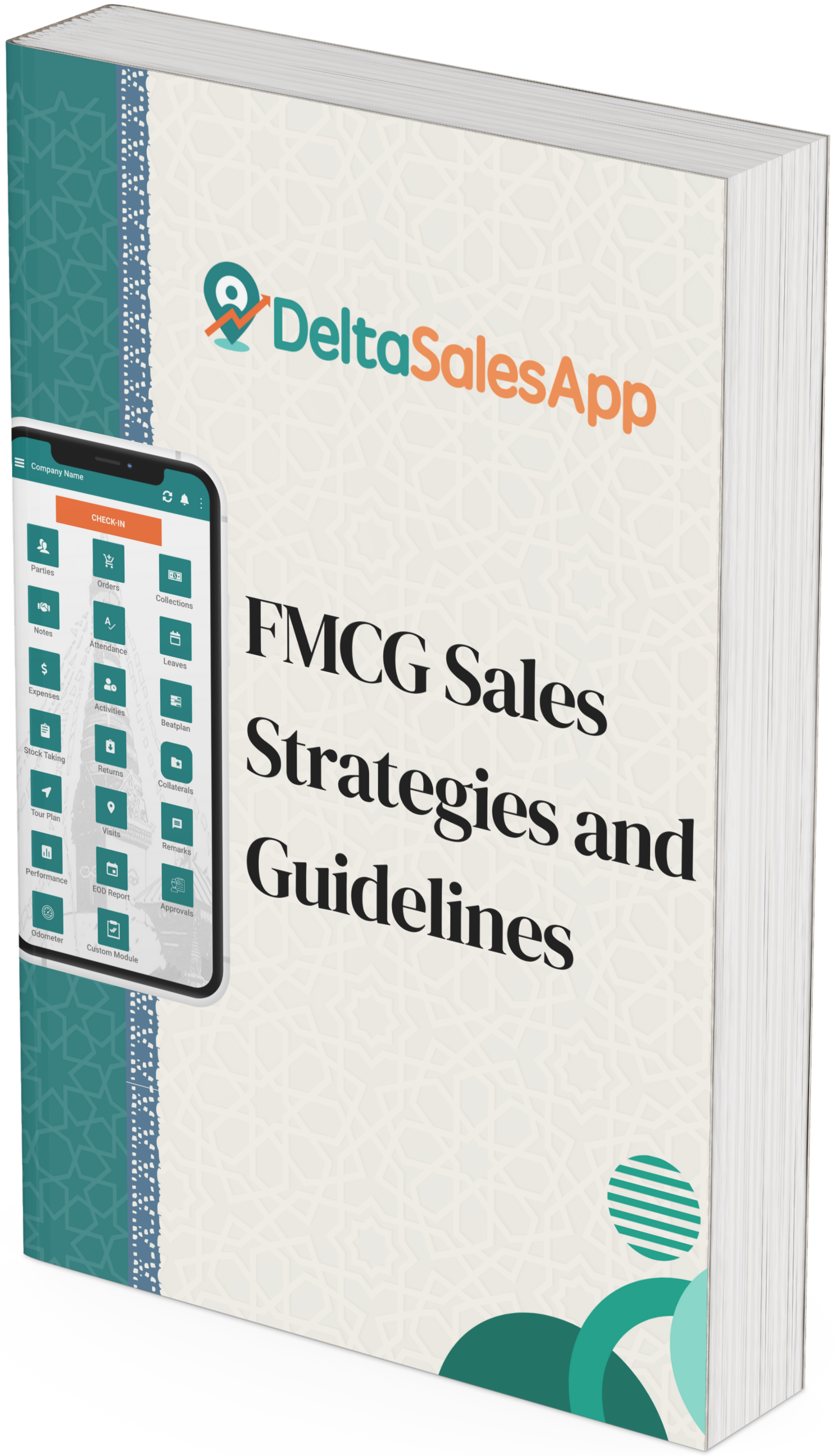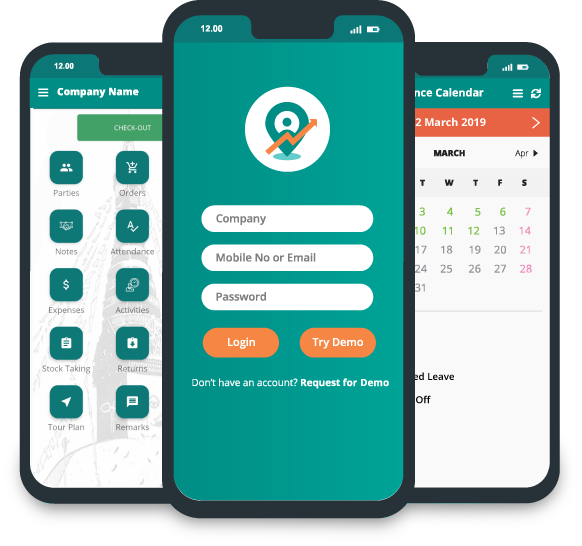Salesman Quality Monitoring: Enhancing Sales Performance and Customer Satisfaction

Enhancing Sales Performance and Customer SatisfactionIn today’s highly competitive business environment, the role of a salesman is more critical than ever. Sales representatives are often the face of a company, responsible for forging connections, building relationships, and driving revenue. As such, the quality of their performance is directly linked to the success of a business. However, managing the performance of sales teams and ensuring that each salesperson consistently meets high standards can be a challenge. This is where Salesman Quality Monitoring (SQM) comes into play.
Salesman Quality Monitoring involves systematically evaluating the performance of sales representatives to ensure they meet organizational standards and consistently deliver exceptional customer experiences. By tracking key performance metrics, offering continuous feedback, and implementing targeted training programs, businesses can address performance gaps and enhance both sales results and customer satisfaction. In this blog, we will explore the importance of Salesman Quality Monitoring, key strategies, best practices, and tools that businesses can use to improve their sales team’s effectiveness.
What is Salesman Quality Monitoring?
Salesman Quality Monitoring refers to the process of evaluating, analyzing, and improving the performance of salespeople to ensure they meet company standards, adhere to brand guidelines, and deliver quality interactions with customers. The goal is to track important sales performance metrics, provide constructive feedback, and ensure that the sales force continuously improves their skills and effectiveness.
Rather than micromanaging sales teams, the focus of SQM is on empowering salespeople by identifying their strengths and areas for development. This enables them to become better at their jobs, improve customer interactions, and drive revenue growth. Effective Salesman Quality Monitoring contributes to a culture of ongoing improvement, professional development, and accountability within the sales team.
Why is Salesman Quality Monitoring Important?
The benefits of Salesman Quality Monitoring are significant and multifaceted. Below are the key reasons why businesses should implement an effective monitoring system for their sales teams:
1. Improves Customer Experience
A salesperson’s interactions with customers have a profound impact on customer satisfaction. By monitoring how sales representatives engage with clients, businesses can identify areas for improvement in communication, problem-solving, and relationship-building. This leads to enhanced customer experiences, higher customer retention rates, and an overall positive brand perception.
2. Boosts Sales Performance
Salespeople who are continuously evaluated and trained are more likely to refine their sales techniques, close more deals, and achieve their targets. SQM helps identify individual strengths and weaknesses within the sales team, enabling businesses to provide tailored coaching and training. As a result, sales representatives can work on areas that will have the greatest impact on their ability to convert leads into sales.
3. Ensures Consistency
In many organizations, it is crucial that all sales representatives adhere to company policies, brand messaging, and ethical standards. Consistency in these areas is important for maintaining a unified company image and brand reputation. Through quality monitoring, businesses can ensure that every member of the sales team is aligned with these expectations.
4. Reduces Employee Turnover
Sales teams that receive regular feedback, coaching, and training feel more valued and supported by their organizations. This not only enhances their performance but also increases job satisfaction, which can help reduce turnover rates. When salespeople are continuously developing their skills and growing in their careers, they are more likely to remain loyal to the company.
5. Facilitates Data-Driven Decision Making
Salesman Quality Monitoring involves the collection and analysis of data related to the performance of salespeople. This data can provide valuable insights that help businesses make informed decisions about sales strategies, training programs, and resource allocation. The ability to make data-driven decisions ensures that the sales process is continually refined for maximum efficiency and success.
Key Strategies for Effective Salesman Quality Monitoring
Effective Salesman Quality Monitoring involves a combination of well-defined strategies that can drive meaningful improvements in sales team performance. The following are some of the most important strategies for implementing successful monitoring practices:
1. Define Clear Performance Metrics
Establishing clear and measurable Key Performance Indicators (KPIs) is critical for effective Salesman Quality Monitoring. These metrics should align with the overall goals of the business and provide a basis for evaluating individual and team performance. Common KPIs for sales teams include:
Conversion rates – The percentage of leads converted into actual sales.
Average deal size – The average revenue generated per deal.
Customer satisfaction scores – Ratings or feedback collected from customers about their experiences with the sales process.
Number of calls or meetings per day – The volume of interactions a salesperson has with potential clients.
Adherence to sales scripts or guidelines – The extent to which salespeople follow prescribed processes or messaging.
By monitoring these KPIs, businesses can track sales progress and identify areas where performance can be improved.
2. Leverage Technology and Tools
In today’s digital age, technology plays a pivotal role in Salesman Quality Monitoring. There are numerous tools and platforms that can help businesses monitor sales team performance more effectively, such as Customer Relationship Management systems, call recording software, and AI-powered analytics platforms.
CRM systems like Salesforce, HubSpot, and Zoho CRM allow sales managers to track interactions with clients, manage leads, and analyze sales performance. Call recording software such as Gong, Chorus, and CallRail enables businesses to capture sales conversations and extract valuable insights related to communication patterns, objections, and customer sentiment.
AI-powered analytics tools, such as ExecVision and Balto, can provide real-time coaching during sales calls, offering feedback on areas like tone, pace, and key messaging. These tools enhance the ability to provide feedback on sales interactions and guide representatives toward improving their performance.
3. Conduct Regular Evaluations
Salesman Quality Monitoring should not be a one-time event but an ongoing process. Regular evaluations are crucial for identifying trends, tracking progress, and pinpointing areas that need further attention. These evaluations may include reviewing sales calls, emails, meetings, and customer interactions to assess the quality of service provided and measure the salesperson's ability to meet performance standards.
4. Provide Constructive Feedback
Regular feedback is an essential component of Salesman Quality Monitoring. Feedback should be specific, actionable, and constructive, focusing on areas for improvement as well as highlighting strengths. A feedback session should be a two-way conversation, allowing the salesperson to ask questions, seek clarification, and discuss challenges they may be facing. This approach helps build trust and ensures that the feedback is well-received.
5. Implement Training Programs
Once areas for improvement are identified, businesses should implement targeted training programs to address specific skills or knowledge gaps. Training may cover a variety of topics, such as product knowledge, objection handling, negotiation skills, or communication techniques. By continually developing the skills of sales representatives, businesses can equip their teams with the tools necessary to succeed.
6. Encourage Self-Monitoring
While management plays a key role in monitoring sales performance, it is also important to empower sales representatives to monitor their own progress. By setting personal performance goals, reflecting on their own interactions with clients, and actively seeking areas for improvement, salespeople can take ownership of their development. Self-monitoring encourages a growth mindset and fosters a sense of accountability among team members.
7. Recognize and Reward Excellence
Recognizing and rewarding top performers is a powerful motivator for any sales team. Regular recognition of achievements, such as meeting or exceeding sales targets, provides positive reinforcement and encourages continued success. Rewards can be in the form of bonuses, commissions, public recognition, or opportunities for career advancement. When employees feel appreciated and motivated, they are more likely to continue delivering high-quality results.
Tools for Salesman Quality Monitoring
To effectively monitor sales performance, businesses can utilize a variety of tools. Some of the most commonly used tools include:
1. Call Recording and Analytics Tools
Tools like Gong, Chorus, and CallRail allow businesses to record sales calls and analyze communication patterns. By listening to and analyzing these calls, managers can gain insights into how salespeople are engaging with customers, handling objections, and following sales scripts.
2. Performance Dashboards
Performance dashboards such as Tableau and Power BI help visualize sales data and trends. These dashboards provide a centralized view of KPIs and performance metrics, making it easier for sales managers to monitor individual and team progress.
3. Survey and Feedback Tools
Platforms like SurveyMonkey and Qualtrics enable businesses to collect customer feedback regarding their experiences with sales interactions. This feedback can be used to assess the quality of service provided by salespeople and identify areas for improvement.
4. AI-Powered Coaching Tools
AI-powered tools like ExecVision and Balto offer real-time coaching during sales calls. These tools use artificial intelligence to analyze sales conversations and provide instant feedback on areas such as communication style, tone, and messaging.
Best Practices for Salesman Quality Monitoring
To ensure that Salesman Quality Monitoring efforts are effective and well-received, businesses should follow these best practices:
1. Focus on Quality, Not Quantity
It’s essential to avoid overwhelming sales teams with excessive monitoring. Instead of tracking every interaction, focus on high-impact moments that have the potential to drive sales outcomes and influence customer satisfaction. By prioritizing quality over quantity, businesses can ensure that monitoring efforts are both efficient and impactful.
2. Maintain Transparency
For Salesman Quality Monitoring to be successful, it’s important to maintain transparency with the sales team. Sales representatives should understand the purpose and goals of the monitoring process, as well as how the feedback and evaluations will be used to help them grow professionally. Transparent communication fosters trust and buy-in from the team.
3. Balance Automation and Human Insight
While technology can help automate data collection and analysis, human judgment is crucial for interpreting the data and providing meaningful feedback. Sales managers should balance the use of technology with their own experience and insights to deliver feedback that resonates with the sales team.
4. Tailor Feedback to Individual Needs
Every salesperson is unique, with different strengths, weaknesses, and learning styles. Feedback should be customized to meet the individual needs of each representative. Recognizing and addressing these differences helps ensure that feedback is constructive and actionable.
5. Foster a Growth Mindset
Sales teams should view Salesman Quality Monitoring as an opportunity for personal and professional growth, rather than as a form of criticism. By fostering a growth mindset and emphasizing continuous improvement, businesses can help salespeople embrace the monitoring process and actively seek opportunities to improve.
Conclusion
Salesman Quality Monitoring is a powerful tool for businesses looking to enhance their sales performance and customer satisfaction. By implementing effective strategies, leveraging the right tools, and fostering a culture of continuous improvement, companies can ensure that their sales teams consistently deliver exceptional results. Whether you’re a small business or a large enterprise, investing in quality monitoring is a step toward long-term success. Start today and watch your sales team thrive!
FAQs
1. What is the primary goal of Salesman Quality Monitoring?
The primary goal of Salesman Quality Monitoring is to evaluate and improve the performance of sales representatives, enhance customer satisfaction, and drive sales growth.
2. How often should sales performance be monitored?
Sales performance should be monitored regularly. The frequency of monitoring can vary depending on the size of the sales team and the nature of the business. Weekly or monthly evaluations are often recommended to ensure ongoing improvement.
3. What are the most important metrics to track?
Key metrics to track include conversion rates, average deal size, customer satisfaction scores, and adherence to sales scripts or guidelines.
4. How can businesses ensure that monitoring doesn’t demotivate sales teams?
To avoid demotivating sales teams, businesses should maintain transparency, provide constructive feedback, and recognize achievements. A positive, supportive approach will keep salespeople engaged and motivated.
5. Can small businesses benefit from Salesman Quality Monitoring?
Absolutely! Small businesses can use simple tools and strategies to monitor and improve the performance of their sales teams. Even small improvements can have a significant impact on sales and customer satisfaction.
6. What role does technology play in quality monitoring?
Technology plays a vital role by streamlining data collection, analysis, and reporting. Tools like CRMs, call recording software, and AI analytics platforms make it easier to identify trends, monitor performance, and provide real-time coaching.
7. How can businesses measure the success of their quality monitoring efforts?
Success can be measured through improvements in key metrics such as sales performance, customer satisfaction, and employee engagement. Regular evaluations can help track progress and identify areas for further development.









